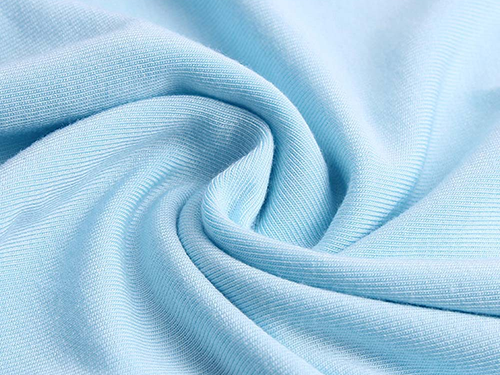
There are many water-soluble groups in the molecular structure of reactive dyes, resulting in poor wet fastness, and fixation treatment is often required after dyeing. There are many types of fixing agents, commonly used including metal salt fixing agents (such as copper salts), cationic fixing agents (such as fixing agent E), and reactive fixing agents (such as fixing agent Y). However, currently, there are very limited levels of color fastness, especially to wet treatment, that can reach above 3 levels, especially to water bubbles. This dyeing fastness is closely related to the use process of fabrics, and the first thing people think of when washing clothes is color fading.
At present, 60 to 100 degrees Celsius blisters are commonly used in testing temperature ranges in general dyeing factories. In order to better meet customer requirements, blister temperatures above 95 degrees Celsius are generally selected for testing. However, at this temperature, most fixing agents have a blister fastness of less than level 3. In addition, many countries have strict restrictions on the content of harmful substances such as formaldehyde in textiles. To this end, Guangdong Tiansheng Environmental Protection New Material Technology Co., Ltd. has developed a new type of formaldehyde free fixing agent Y. This article briefly introduces its fixation effect in reactive dyes for cotton.
Conclusion:
1. Through ecological experiment analysis and testing, it has been found that high concentration and efficient cotton color fixing agent Y does not contain formaldehyde, heavy metal ions, and carcinogens.
2. The application of color fixing agent Y in reactive dye dyeing of pure cotton poplin fabric has the characteristics of low dosage and excellent color fixing performance. After fixation treatment, the color fastness of the fabric to washing, sweating, dry friction, and water bubbles reaches level 4 or above, and the color fastness to wet friction reaches level 3-4.
3. The results of testing the chromatic and mechanical properties of the fabric before and after fixation with fixing agent Y show that it has little effect on the chromatic and mechanical properties of reactive dyes, as well as the breaking and tearing strength of the fabric. However, the breaking elongation of the fabric is improved.
About
Brief introduction Application Certificate Laboratory Connectproduct
Post finishing agent Enzymatic water Brightener Printing/Coating Additives MoreNews
Dynamic Lnformation Common
Mobile website

TRL:+86 0769-88124837
Chinese mailbox:dgtshdrl@163.com
English mailbox:postmaster@tianshengchem.com
Guangdong Tiansheng Environmental Protection New Material Technology Co., Ltd. Copyright © 2023 all rights reserved